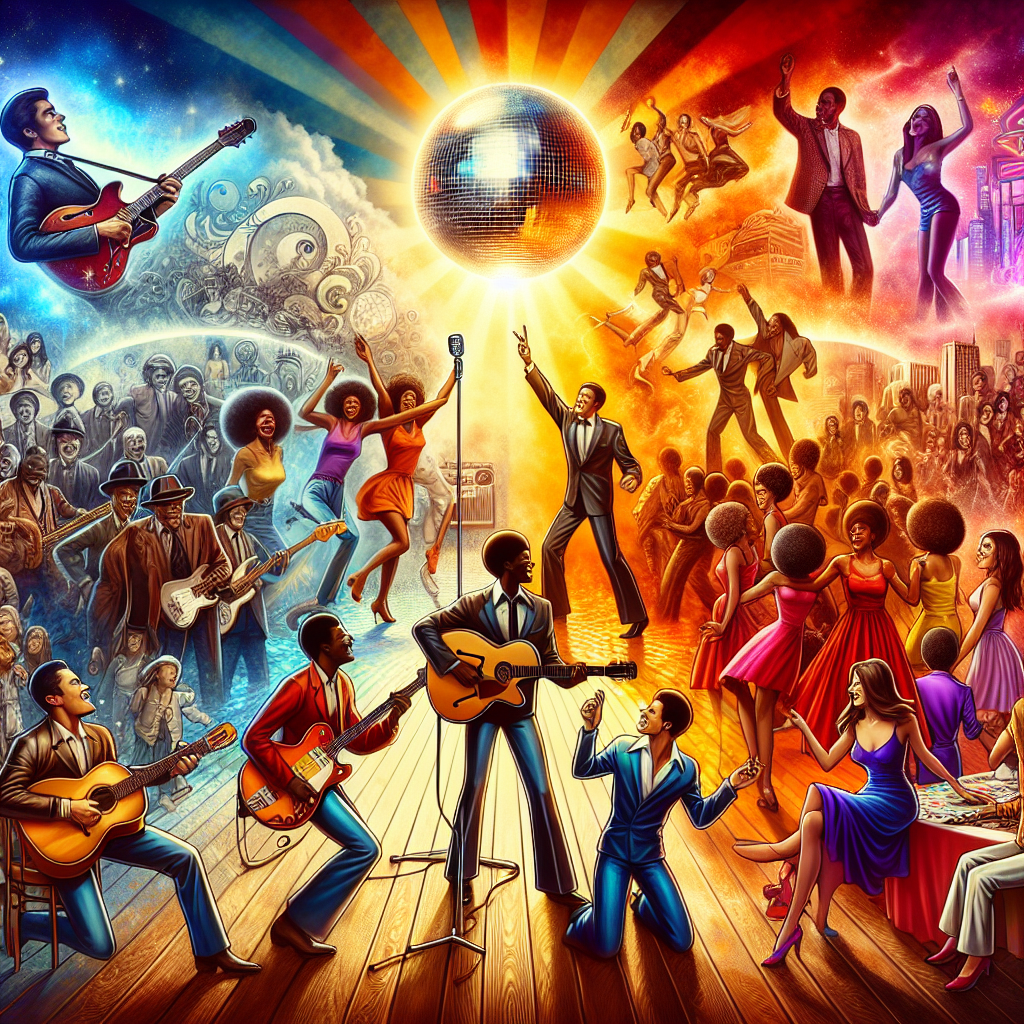During the late 1960s, a musical revolution was taking place that would forever change the landscape of rock music. Psychedelic rock emerged as a genre that pushed the boundaries of traditional sound and lyrics, creating a trippy journey through sound that captivated listeners around the world.
One of the key factors in the rise of psychedelic rock was the cultural shift that was taking place during this time. The youth counterculture movement was in full swing, with young people rejecting the conservative values of their parents and embracing a more liberal and experimental way of life. This cultural shift paved the way for musicians to explore new sounds and ideas, leading to the birth of psychedelic rock.
Politicians and other authority figures were often critical of psychedelic rock, viewing it as dangerous and subversive. However, this only served to fuel its popularity among rebellious young people who were looking for music that spoke to their experiences and emotions. The psychedelic imagery and lyrics of bands like Pink Floyd, The Doors, and Jefferson Airplane resonated with listeners who were seeking an escape from the constraints of mainstream society.
In addition to its cultural impact, psychedelic rock also had a significant influence on fashion during this time. The bright colors, flowing fabrics, and bold patterns that were popular in psychedelic artwork found their way into clothing styles, with bell-bottoms, tie-dye shirts, and fringe jackets becoming staples of the hippie look. Musicians like Jimi Hendrix and Janis Joplin became style icons for their bold fashion choices, further solidifying the link between music and fashion in the psychedelic rock scene.
Technology also played a crucial role in the rise of psychedelic rock. Advances in recording equipment allowed musicians to experiment with new sounds and production techniques, creating lush sonic landscapes that had never been heard before. The use of effects pedals, synthesizers, and studio manipulation gave bands the freedom to create music that was truly out-of-this-world.
Despite facing criticism from politicians and other authority figures, psychedelic rock continued to thrive throughout the late 1960s and early 1970s. Its influence can still be felt today in genres like shoegaze, dream pop, and even modern electronic music.
Overall, the rise of psychedelic rock was a positive development in music history. It opened up new possibilities for artistic expression and creativity while providing listeners with a unique auditory experience that transcended traditional boundaries. By pushing back against societal norms and embracing experimentation in both sound and style, psychedelic rock paved the way for future generations of musicians to explore uncharted musical territory.


Get involved!
Comments